When it comes to online dating in 2025, two names frequently come up: eHarmony and Tinder. These platforms represent very different approaches to meeting people, with distinct user experiences, demographics, and purposes. Choosing the right one depends largely on your dating goals, personality, and preferences.
This in-depth comparison covers everything you need to know about eHarmony and Tinder in 2025—how they work, who uses them, costs, features, and success rates—to help you decide which dating site is best suited for your love journey.
1. Dating Philosophy and Purpose
eHarmony
-
Designed for serious relationships and long-term commitment, especially marriage.
-
Uses a comprehensive personality quiz and scientific compatibility matching system.
-
Matches users based on deep psychological factors across 32 dimensions of compatibility.
-
Emphasizes quality over quantity with daily curated matches.
Tinder
-
Popular for casual dating, hookups, and spontaneous connections.
-
Uses a swipe-based interface focused heavily on visual attraction.
-
Users swipe right to like or left to pass on profiles.
-
Prioritizes ease, immediacy, and volume, catering mostly to younger demographics.
Bottom line: eHarmony is ideal for those seeking meaningful, committed relationships; Tinder is tailored to those wanting to meet quickly and casually.
2. Profile Setup and User Experience
eHarmony
-
Requires a lengthy compatibility questionnaire (around 80 questions).
-
Profiles contain detailed information about interests, values, and lifestyle.
-
Compatibility scores guide users on match quality.
-
Interface is more formal and focused on thoughtful engagement.
Tinder
-
Minimal profile setup: photos, short bio, and basic info.
-
Profiles are photo-dominant; users decide mostly on looks.
-
The swipe interface is fast-paced and less detailed.
-
Designed for ease and rapid browsing.
User Tip: eHarmony offers a structured, slower experience for reflection; Tinder offers quick, intuitive interaction.
3. User Demographics
| Attribute | eHarmony | Tinder |
|---|---|---|
| Typical Age Range | 30-49 years | 18-30 years (mostly Gen Z and Millennials) |
| Gender Ratio | Balanced (approx. 48% men:52% women) | More men (approx. 61% men:39% women) |
| Relationship Goals | Serious, marriage-focused | Casual dating, hookups |
| User Base Size | Smaller, more curated | Massive, global-scale |
Tinder’s broad user base excels in larger cities and younger crowds. eHarmony appeals to a slightly older, more intentional market.
4. Features and Matching Algorithms
eHarmony
-
32 Dimensions of Compatibility power its daily match suggestions.
-
Supports detailed compatibility reports highlighting strengths and challenges.
-
Offers video dates and RelyID for identity verification.
-
Engagement tools like favorites, smiles, and “what if” expand connection possibilities.
Tinder
-
Focus on instant swiping through local profiles.
-
Allows integration of Instagram, Spotify, and interests for richer profiles.
-
Premium options include boosts and super likes to stand out.
-
Location-based matching enables quick meetups.
5. Pricing and Cost
| Dating Platform | Free Option | Paid Plan Range (Monthly) | Commitment Options |
|---|---|---|---|
| eHarmony | Yes (limited) | $25-$65+ | 6, 12, 24 months |
| Tinder | Yes (robust) | $13-$26 | Monthly subscriptions and bundles |
Tinder offers more flexible, budget-friendly options for casual users. eHarmony’s higher price reflects its premium, research-backed matchmaking.
6. Results and Success Rates
-
eHarmony claims over 2 million marriages worldwide as a result of its platform.
-
Users value high compatibility and report deeper, longer-lasting relationships.
-
Tinder facilitates millions of casual dates monthly but offers fewer success stories about long-term commitment.
-
User feedback reflects Tinder’s fun, social approach, balanced with critiques about superficiality and ghosting.
7. User Reviews and Reputation
-
eHarmony scores highly for safety, compatibility, and relationship outcomes.
-
Some users express frustration over cost and cancellation policies.
-
Tinder is praised for its ease of use and large user base, but criticized for spam and less serious intentions.
-
Both platforms have vibrant communities and continually update features to improve experience.
8. Which Platform Should You Choose?
Choose eHarmony If:
-
You want a serious, committed relationship or marriage.
-
You are willing to invest time and money in scientifically driven matchmaking.
-
You prefer thoughtful profiles and compatibility information.
-
You value safety, verification, and privacy.
Choose Tinder If:
-
You are seeking casual dating or social connections.
-
You want a fast, easy-to-use app with a focus on visual attraction.
-
You are younger or prefer a broad range of options.
-
You like the flexibility to meet people spontaneously.
High Authority Link
For full official information and to explore membership options, visit:
eHarmony Official Site
Read More: How to Contact eHarmony Customer Service in 2025: All You Need to Know
Conclusion
In 2025, eHarmony and Tinder serve distinctly different dating needs. eHarmony excels at connecting singles ready to build deep, lasting relationships through its scientific and data-driven approach. Tinder shines as the go-to app for casual dating, social discovery, and quick connections. Understanding what each offers and aligning that with your relationship goals will help you choose the platform that best suits your love journey.

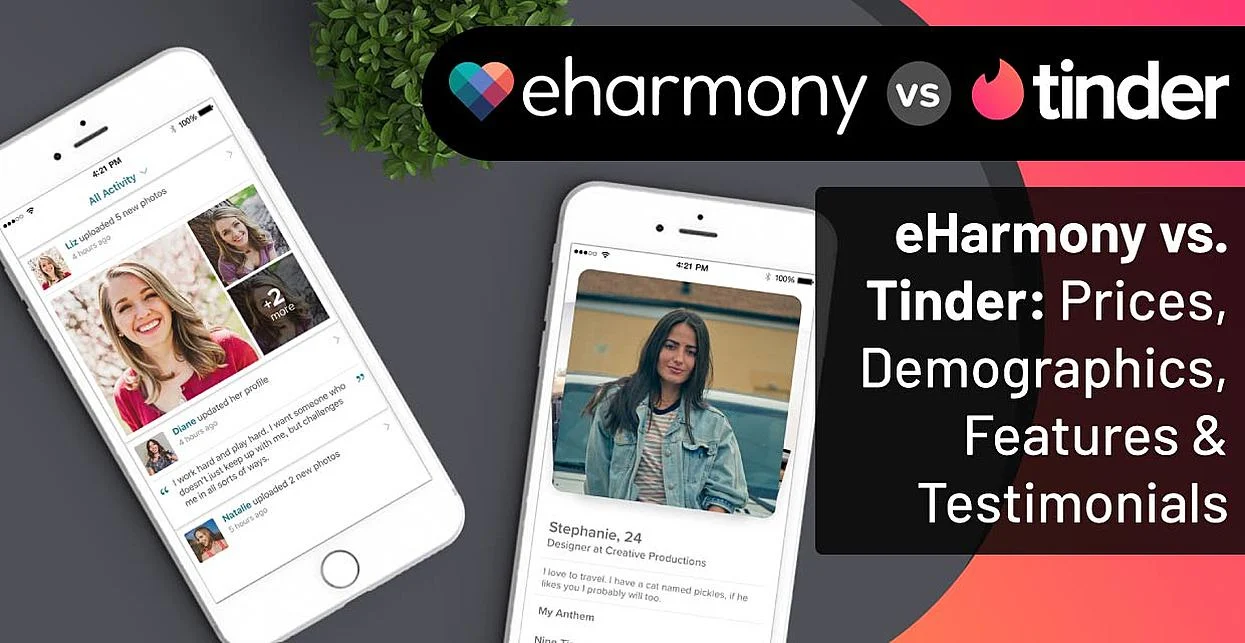
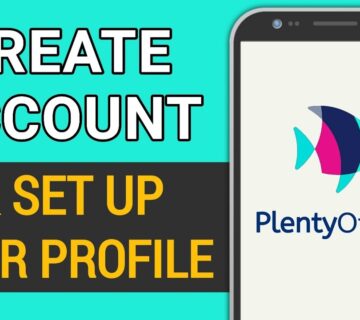
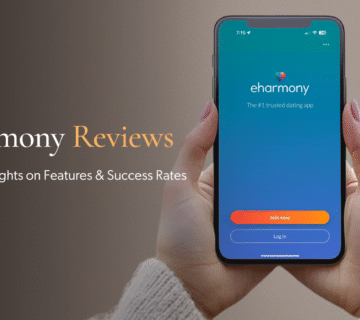


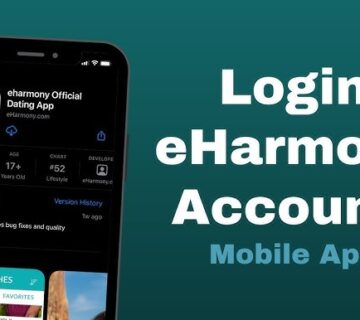
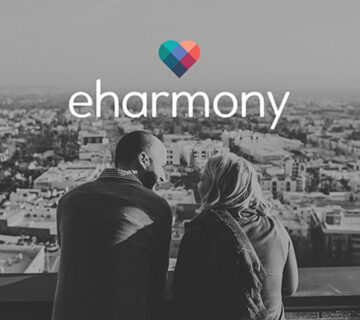
[…] Read More: eHarmony vs Tinder 2025: Which Dating Site Is Best For You? […]